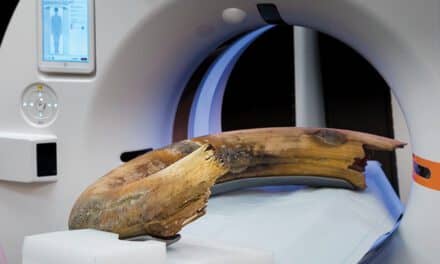According to an article published ahead-of-print in the January 2020 issue of the American Journal of Roentgenology, the reversed halo sign was frequently observed on the chest CT scans of patients with IV substance use disorder–related septic pulmonary embolism (PE).
Of the 62 patients (54.8% women; 32.8 ± 8.3 [SD] years) who met Harvard Medical School radiologist Renata R. Almeida and colleagues’ inclusion criteria—IV substance use disorder, findings of septic PE on chest CT scans, and confirmation of infection—59.7% (37/62) had reversed halo signs (? = 0.837–0.958, p < 0.0001).
Moreover, the mean number of unique reversed halo signs per patient was 2.1 ± 1.7, with 46.7% of patients having more than one reversed halo sign.
Noting that the reversed halo sign was an early and reliable imaging finding observed in most cases of CT-based diagnosis of septic PE secondary to IV substance use disorder, as Almeida et al. conclude, “septic PE should be included in the differential diagnosis of patients presenting with the reversed halo sign and history of IV substance use disorder.”
The authors adds: “Apparent differences of frequency, shape, and distribution in comparison with case series of pulmonary thromboembolism and invasive fungal infections could be investigated by future studies as possible biomarkers to assist in discrimination between septic PE and other causes of pulmonary infarct manifesting with the reversed halo sign.”






